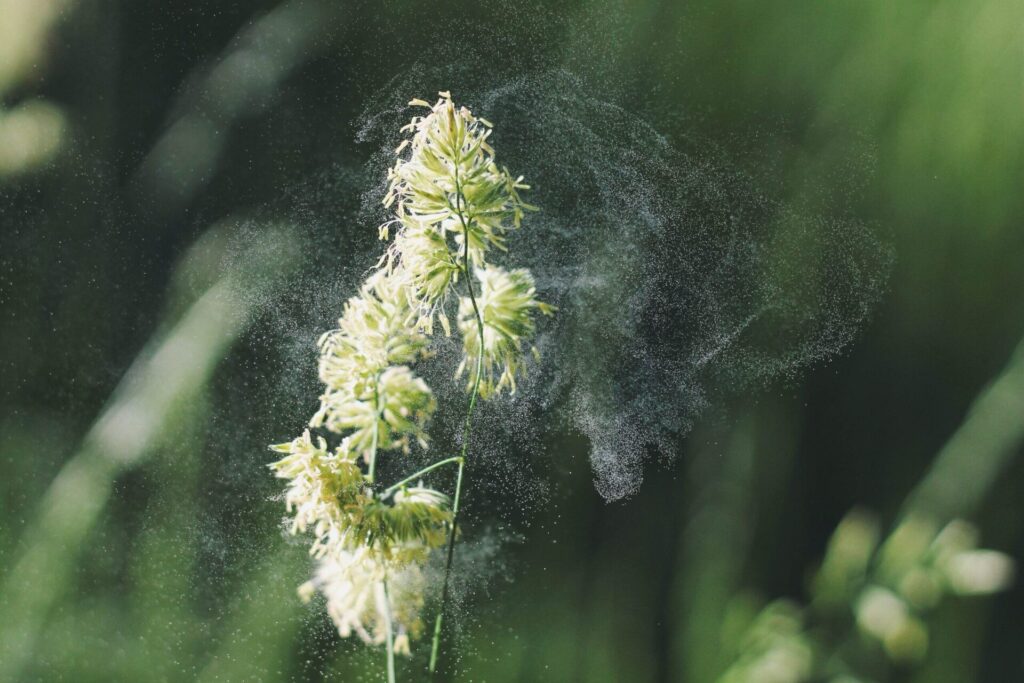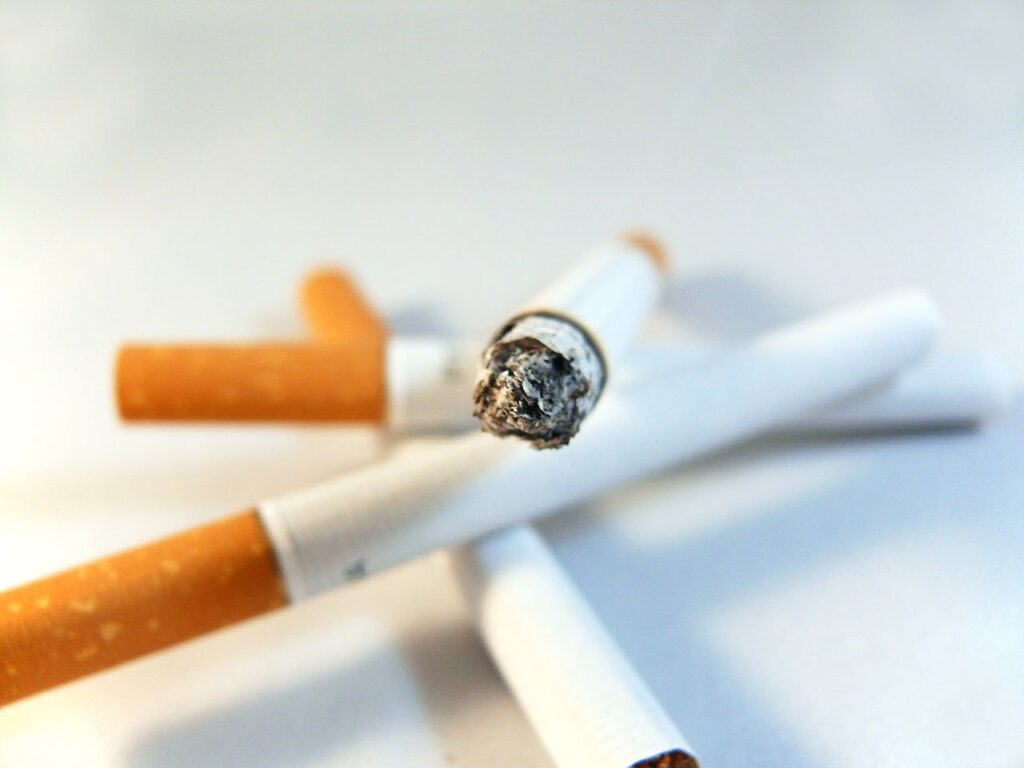- Biological Pollutant’s Impact on Indoor Air Quality
Biological contaminants include bacteria, viruses, animal dander and cat saliva, house dust, mites, cockroaches, and pollen.
- Bacteria (Bacterial Rhinosinusitis)
- Acute bacterial rhinosinusitis (ABRS) is an infection of your nasal cavity and sinuses that is caused by bacteria. The most common bacteria is Streptococcus pneumonia, or bacteria Hemophilus influenzae.
- Mold, Mildew
- Mold thrives and grows in damp environments. There is ample evidence that mold has dire effects on health. Sick Building Syndrome (SBS) attributes 80% to mold infestations. Black Mold (RTK, n.d.) is the biggest threat to health.
- What people don’t understand is that mold spores can float around in the air, even when mold is not present. Mold can grow on (paint increases? Please clarify what you mean by this), under base boards, and in corners, even if you don’t see the black mold.
- Pet Dander
- This is often caused by the body’s response to the protein found in a pet’s skin cells, saliva, feces, and urine. In many cases, removing the odour caused by urine, or pet ‘oils’ on furniture/walls is not enough. You need to treat the cause, not the symptoms. Pet allergy symptoms appear as asthma, breathlessness, wheezing, runny nose, or red eyes. There are other problems,
- Biological Pollutants’ Impact on Indoor Air Quality | US EPA
- Cockroaches and Other Insects (droppings)
- Cockroaches not only drop Frass (droppings), but they also carry bacteria that can be transmitted to people, or they can cause biological pollutants. Most people don’t realize that there are cockroach allergens. The American cockroach, and German cockroach are most likely to cause allergens. The allergens tend to be heavy, similar to dust mite allergen, and are only likely to be airborne with activities such as sweeping or vacuuming.

Plant Debris
There are three types of flowering systems:
- Perfect-flowered plants: In perfect-flowered plants, male and female parts are in the same flower. The pollination process is relatively contained, these types of plants are rarely allergenic.
- Monoecious plants: The male and female flowers grow on the same plant. Monoecious plants that are wind-pollinated cause allergies.
- Dioecious plants: These plants are separate-sexed. Some are male, and some are female. The male trees produce pollen, and are highly allergenic, while the female plants produce fruit or seeds and are not allergenic.
- Pollen, dead leaves, the moist dirt can cause problems. The best way to keep allergens down is to clean the plant area often

Chemical Fumes
Whether cleaning products that you use to clean your home and reduce allergens, air fresheners, scented candles, lacquers, varnishes, gas, solvents, pesticides, paint, or plastic/ polyester/ foam that breaks down over time, chemical fumes are produced.
Fumes can cause inflammation on the skin, and lung tissue. There is also evidence these fumes contribute to poisoning, or cancer.
Two of the biggest problems is storing paint cans in a closet in the house, or vehicle emissions being drawn through the cracks around the car doors and into the vehicle or into the garage
Contaminated Central Air Handing Systems
These systems can become breeding grounds for mold, mildew and other sources of biological contaminants and can then distribute these contaminants throughout the home.
Fiberglass particles
Fiberglass insulation is the most common insulation, and one of the major contributors to poor indoor air quality. It is present in all walls and ceilings, but there is little effort made to reduce the impact caused by breathing small glass particles. It is also used in the manufacture of piping, sports equipment, drum sets, fire protection equipment, etc.
Common Allergens
Common allergens include dust, mites, pollen, mice and rat droppings, mold spores, bacteria, discarded skin cells (epidermis), mildew, dryer lint, vacuum cleaner cannister dust, animal fur and dander, cockroaches/spiders, Formaldehyde, smoke, etc.
Most of these create micro-sized air born pollution that can cause hypersensitivity of the immune system which may come in contact with the body through inhalation, ingestion, or physical (skin) contact.
Ozone
Ozone is a powerful oxidant that is used in both industrial and consumer applications that are related to oxidation.
According to the US EPA, inhaling ozone can cause coughing, shortness of breath, worsen asthma or bronchitis symptoms, and irritation and damage to airways.
High ozone exposures in short intervals can even result in disorders like lung cancer, bacterial pneumonia, pulmonary embolism, and possibly death.
Volatile Organic Compounds (VOCs)
Various old buildings have been found to use unsafe paint, asbestos, and other dangerous synthetics.
Unfortunately, they are still finding their way into our homes. Particles like lead dust, radon, and other carcinogens are present. Many of these come from adhesives, paints, carpeting, varnishes, old furniture, upholstery, foam, cleaning products, gym machines, gardening equipment, pesticides and other gardening synthetics.

